Meditation: By Helen Humphreys
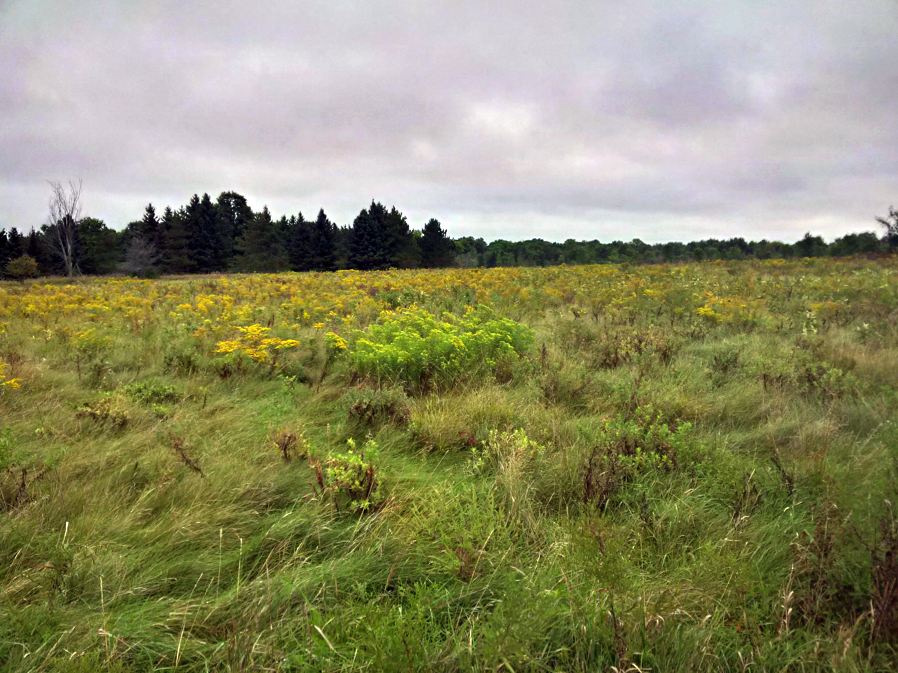
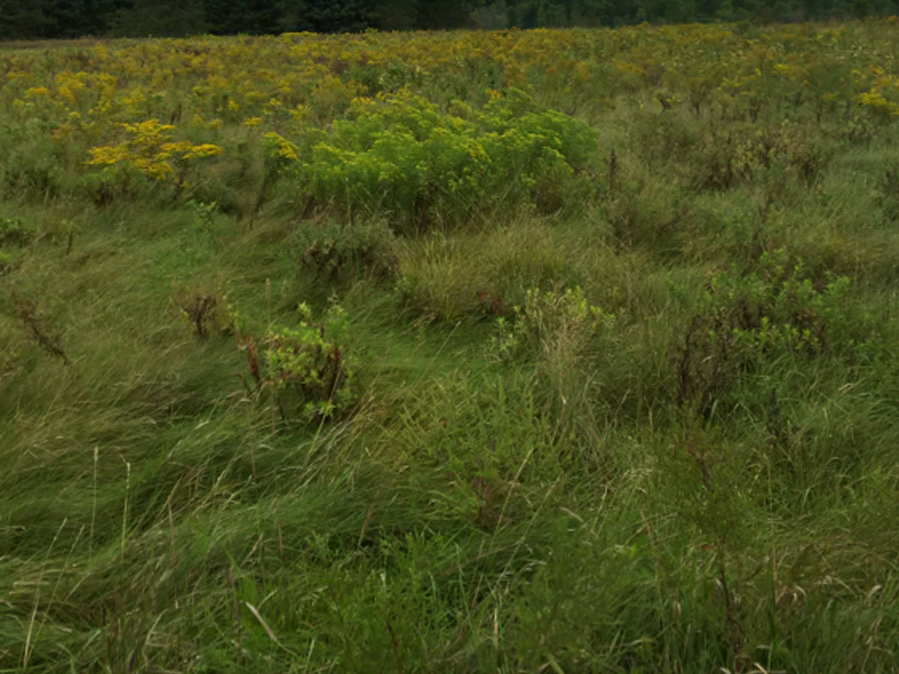
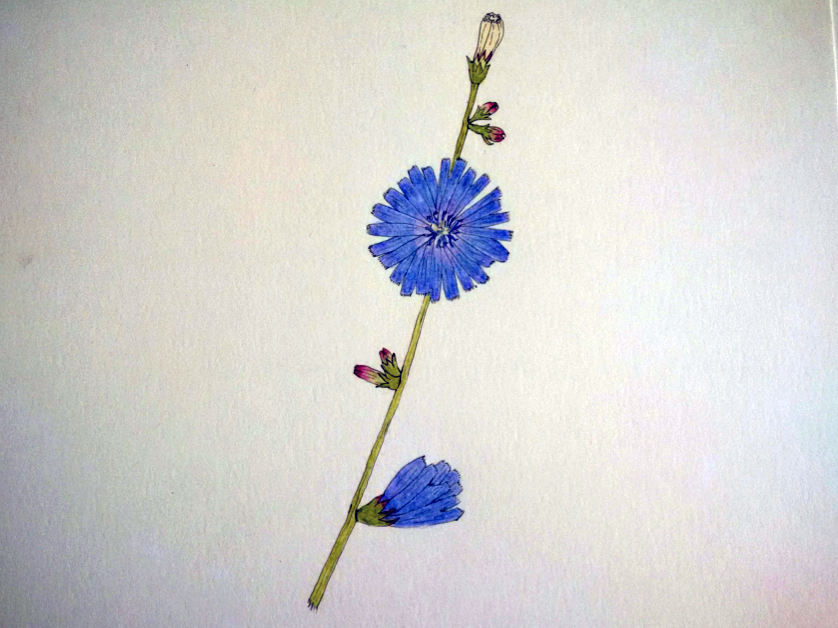
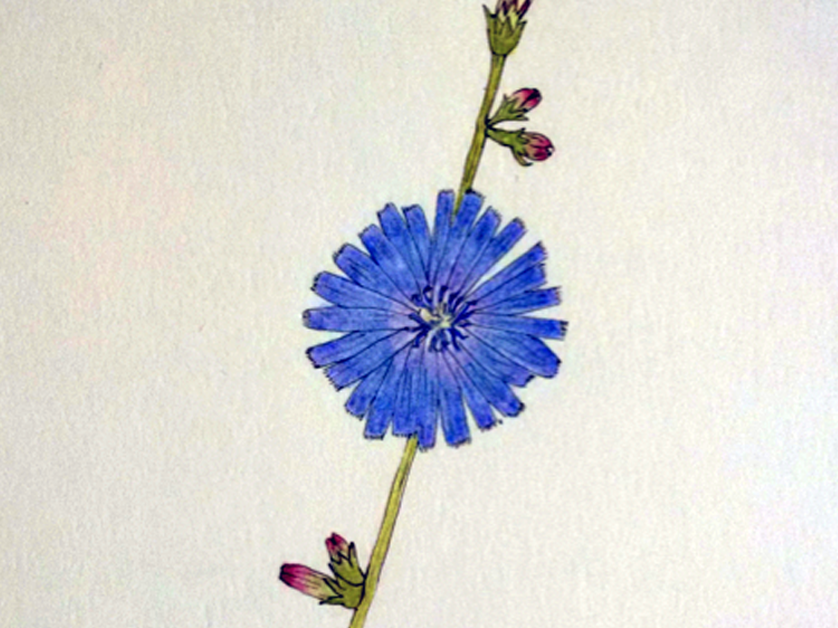

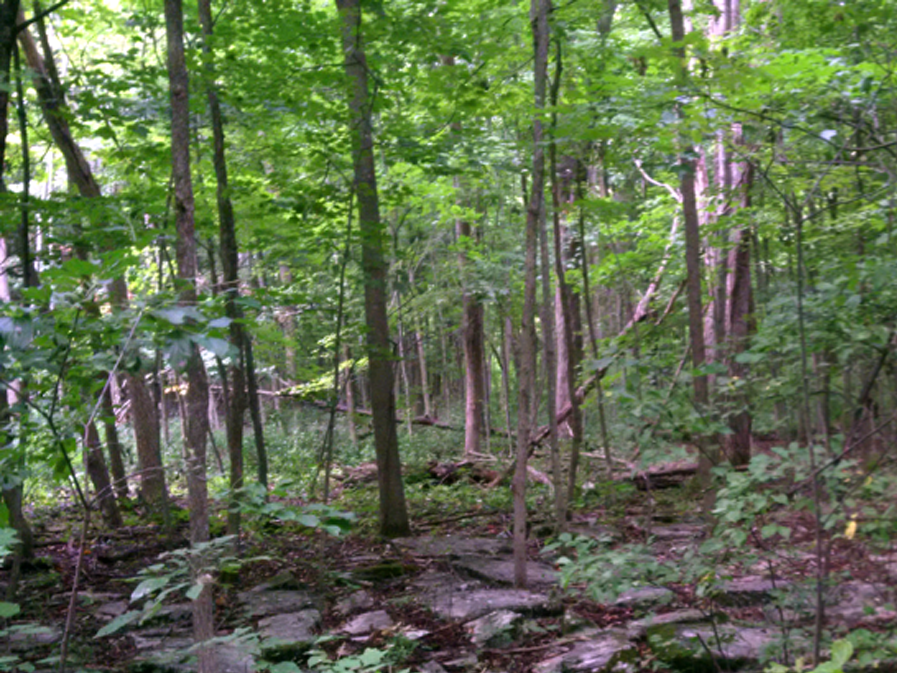

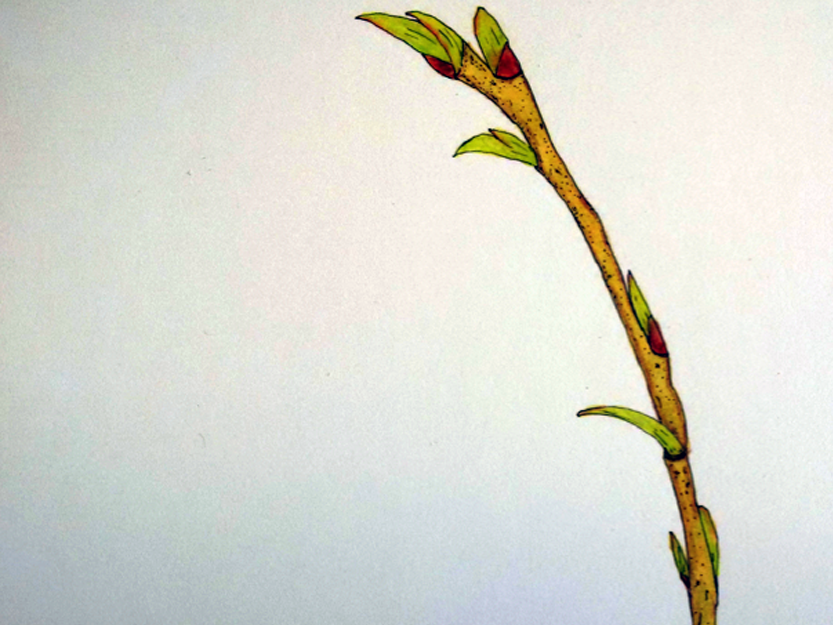
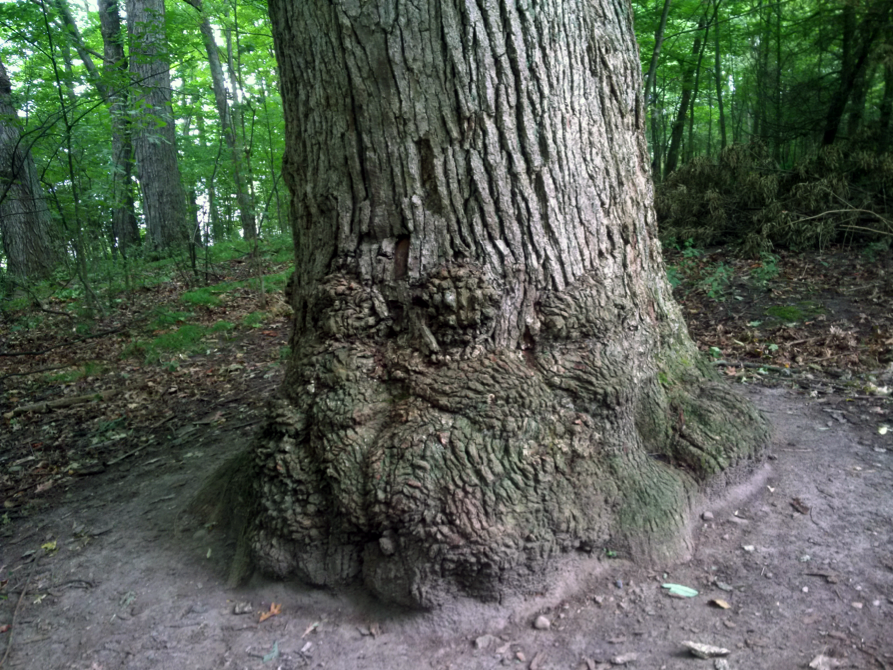
This is the walk I take every morning with a close friend and my dog. It is the first thing I do every day, and often what happens on the walk influences everything that comes after it. Not so much what my friend and I talk about, or even what we see – although those are both important aspects of the walk – but more how the act of moving in that same place day after day, of tracing an invisible line through the forest and fields changes us, alters our molecules, so that when we reach the car park at the end of the walk, we are not the same as we were when we set out from that very place an hour and a half ago.
The wind tumbling over the field scours our thoughts clean. The weave of light through the trees calms our nerves. The startle of an owl or deer or turkey in the woods is just the jolt we need to wake up our senses.
Every day is the same and completely different. Our familiar route is altered by weather and season, so much sometimes as to be unrecognizable from one day to the next. In winter the snow angles off the field and makes it impossible to see more than a few inches ahead. Our faces burn with the sting of it and the dog’s ears whip around in the wind. The winter ground is icy and treacherous and we have sometimes had to crawl across parts of it to avoid falling. Finishing the walk on those days feels heroic, the struggle a real triumph and a feeling that warms us for much of the ensuing hours. Sometimes on those winter mornings we are lucky enough to see a Snowy Owl, rising like steam out of the whiteness.
In summer that same field is so hot it seems likely we will get sunstroke just from crossing it. Sweat drips into our eyes. The dog pants and tries to drink from any little muddy runnel of water. And yet, in the push of that heat, we can hear the song of the Bobolink, can watch the Monarchs dip and sway from Milkweed flower to Milkweed flower.
It is always a relief to slip into the woods after crossing the field, be it winter or summer. The woods offer shelter from the wind and sun and rain. The trees hold birds and animals and the flicker of light between them casts patterns on the forest floor, a broken scattering of limestone tiles covered in moss and leaves and twigs.
Our walk starts in a large field, then we enter the forest following various dirt paths and skirting along the edge of the lake at one point. If it is windy out, the sound of the lake is constant from wherever we are in the woods – a shuffle and wheeze as the waves pile in against the shore.
We continue through the forest, turning away from the lake and walking past the oldest tree in the woods, the mother tree, with her trunk gnarled like an elephant’s foot. There is a spot near this tree where birds congregate in the Spring, fresh from their migration and flitting around just above our heads. My old dog ignored them. My new dog tries to catch them.
When we exit the woods completely, we circle back along the edge of the field, crossing it now in the middle and returning this way to the car park, having done a big, meandering loop.
I usually take something from the woods or field, a flower or bit of lichen or piece of bark, to draw later when I am back home. This act of choosing something to draw and then drawing it is itself a kind of meditation and extends the walk for hours afterwards.
When I am drawing an entity from the forest or field, I am concentrating my full attention on it for as long as the drawing takes, and this close focus gives me a better understanding of the Acorn or Clover or Elderberry. After I have drawn it, I am loathe to relinquish it and have old dried bits of nature all over my diningroom – the outside world and the inside one inhabiting the same space.
Before Covid this walk I took was central to my every day, but since the pandemic began it has assumed an enhanced importance, taken on a more vital aspect – perhaps because it often provides all my social interaction in a day now, this walk with my friend and dog, in the society of the woods and flowers, the birds and animals. And perhaps also because it offers continuity between the before Covid time and now, so it is comforting in a fairly comfortless historical moment.
But like all good meditations, it doesn’t do to analyze it too much. Better to just lace up my shoes, put the collar on the dog. Better to step out of the car and walk into the field and see what is waiting for us there today.

HELEN HUMPHREYS is an acclaimed and award-winning author of fiction, nonfiction and poetry. Her work includes novels Machine Without Horses, The Evening Chorus, Coventry and Afterimage. Her nonfiction includes The Ghost Orchard, The Frozen Thames, as well as the memoir Nocturne. She has won the Rogers Writers’ Trust Fiction Prize, the Toronto Book Award, and has been a finalist for the Governor General’s Award for Fiction, the Trillium Book Prize, the Lambda Literary Award and CBC Radio’s Canada Reads. The recipient of the Harbourfront Festival Prize for literary excellence, Helen Humphreys lives in Kingston, Ontario
Photos Courtesy of Helen Humphreys.
